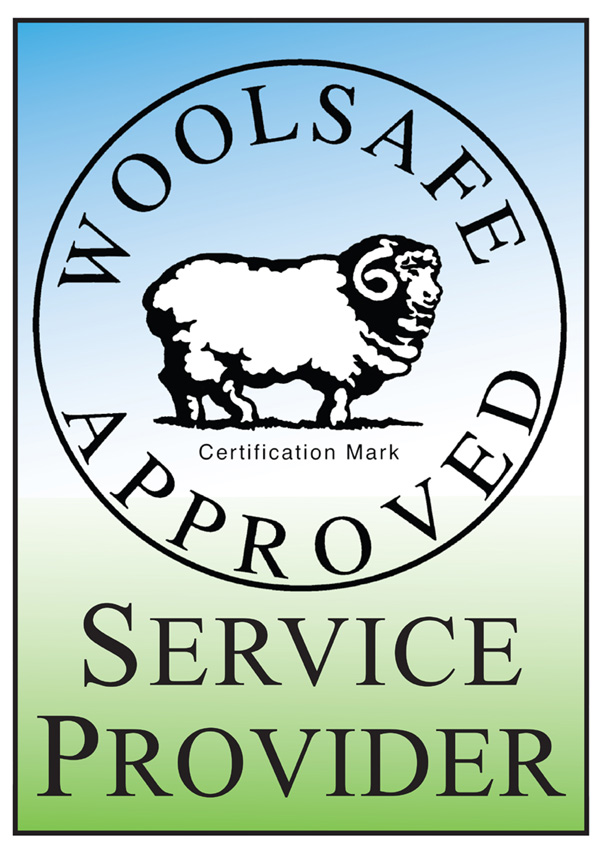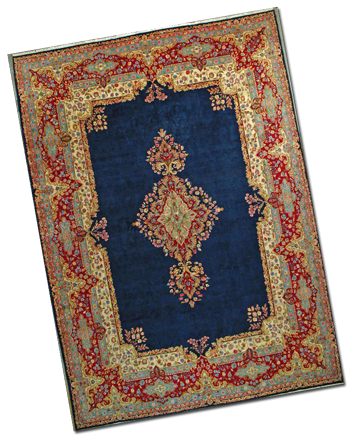HISTORY OF ORIENTAL RUGS
Defining The Oriental Rug
By the strictest definition, Oriental rugs are handmade carpets that come from the “Orient,” meaning from Asia and other Eastern Regions. Iran, China, India, Russia, Turkey, Pakistan, Tibet and Nepal are some of the biggest rug exporters of fine Oriental carpets. Persian rugs also are Oriental rugs but they are made only in Iran, which formerly was known as Persia. Characteristics of a Persian rug include an unusually thick pile (up to 160 knots per square inch), bold color combinations, unique designs and a very distinct knot.
Persian carpets are traditionally known for their tremendous variety in design, color, size, and weave. Their handmade qualities and unique weaving process make every rug a one of a kind work of art. The rugs are generally named after the village, town or tribe where the carpet was woven or collected.
History of The Oriental Rug
The art of carpet weaving existed in Iran in ancient times, according to evidences and in the opinion of scientists, the 500 B.C. Pazyric carpet dating back to the Achaemenid period. The first documented evidence on the existence of Persian carpets came from Chinese texts dating back to the Sassanid period (224 – 641 CE).
Historical records show that the Achaemenian court of Cyrus the Great at Pasargade was adorn with magnificent carpets from wall to wall. The collection was so vast and visually stunning that Alexander II of Macedonia was said to have been dazzled by the carpets in the tomb area of Cyrus the Great at Pasargade.
The advanced weaving technique used in the Pazyryk carpet indicates a long history of evolution and experience in this art. Pazyryk carpet is considered as the oldest carpet in the world. Its central field is a deep red color and it has two wide borders, one depicting deer and the other Persian horseman. However, it is believed that the carpet from Pazyryk is not likely a nomadic product, but a product of an Achaemenid carpet production centre. By the sixth century, Persian wool and silk carpets were renowned in royal courts throughout the Middle East for their fine craftsmanship and brilliant colorways.
Contruction of an Oriental Rug
Dyes: The natural dyes in an Oriental rug are derived from plant materials and insects such as indigo, madder, oak, sumac, pomegranate, cochineal and larkspur. Before the 1870s, they were the only source used to dye wool. Since the invention of synthetic dyes, there has been much debate about which type of dye produces a more beautiful and investment-worthy rug. Natural dyes tend to gently fade with time and therefore produce a much sought after patina.
Weaves and knots: Most consumers know about “counting knots” to discern a high quality rug from others. Below you will find procedures and tips to counting knots, but please be advised, the simple counting of knots is not a true test, but merely a guideline. The actual knot count needs to take into consideration the material used in the individual rug.
A consumer needs to consider the entire carpet, the design, the dyes, the material used, as well as the emotional value they receive from a rug. If you purchase your carpet from a reputable dealer, then the only thing the average consumer needs to know is if they appreciate the appearance of the carpet and if the carpet fits into their budget.
Knot density (knots per square inch) is an important indicator of rug quality. Most weaves are measured simply by counting the number of knots per linear inch along the warp (i.e., along the length of the rug) and the number of knots per linear inch along the weft (across the width of the rug) and multiplying to get the number of knots per square inch (or per sq. cm.). Unfortunately, this simple concept can be tricky to apply in practice.
How do you know when to count one bump on the back of the rug as one knot? It’s easy… Look carefully at the individual areas of color across the width of the back of the rug. If you only see colored elements in pairs, you need to count each pair as one knot. If you see lots of single colored elements, the rug has offset warps and each element should be counted as one knot. Many authentic rugs from Turkey, Afghanistan and Iran show both knot elements on the back of the rug, as do Bokharas from Pakistan. Most rugs from India and China have strongly offset warps, and show only one knot element on the back of the rug.



 g Repair
g Repair